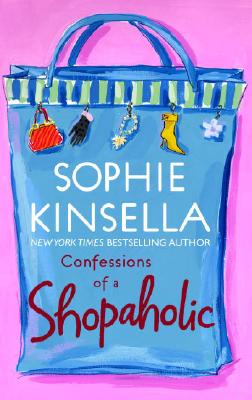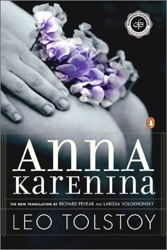One of New Zealand’s most successful columnists is ex-teacher Joe Bennett. In the following column published in late December 2007 he produces a report card for countries around the world.
“Your Grace the Bishop, board of governors, staff, parents and pupils, as headmaster of the School of the Globe, it’s my duty to report on the academic year that is now ending. And I shall not pussy-foot. I shall say what I think and name names, writes Joe Bennett this week.
So let me begin with a rocket: Africa House, pull your socks up.
I’ve said it before, indeed I have said it every year since 1961, but I shall not stop saying it until those socks come up and a garter fixes each one in a seemly fashion just below the knee as stipulated in the school rules. You could start by selecting a few decent house prefects and finding some way of keeping them honest.
Yes, I am aware of the outbreak of bullying that over-ran the school in the 17th, 18th and 19th centuries, leading to many rival houses installing prefects in Africa House and running the place for their own benefit.
It was unpardonable. And I regret that I and the board of governors did not intervene earlier.
We were, as our longer-term parents will no doubt recall, preoccupied at the time with the unparalleled expansion of the science block.
But all that is now history and it is time for you in Africa House to take responsibility for your own affairs. You generally do pretty well on sports day, except in the swimming pool for some reason, but there is more to life than running and jumping. Your sick bay’s a mess, evening prep is a shambles and your house kitchens are frankly appalling. And if you continue to rely on gifts of tuck and pocket money from squidgy-hearted members of other houses you will continue to flounder.
South America House, as I mentioned in my report last year, seems to be getting somewhere at last, India House even more so and, if they can, then so can you. All Africa House prefects will report to my study immediately after this assembly.
At the other end of the scale, my congratulations to China House on a simply splendid year. You have motored up the academic league tables. Africa House could profit from studying how you have trebled the length of evening prep and abolished sleeping. You fully deserved getting your name engraved on the Mayor Dafting Cup for Most Improved for the first time since 1306.
There is one matter that concerns me, however. Several incidents have been brought to my attention of junior boys from China House copying work done by scholars from other houses, passing it off as their own, and then selling it. This seems to be going on with the connivance of China House prefects and even perhaps the Head of House. The practice is objectionable for several reasons, not the least of which is that most of the pocket money I distribute every Friday now seems to be finding its way to China House, to be then lent out again to boys from Europe House and America House at a rate of interest. The short-term consequences no doubt seem agreeable to all parties, but in the long run it will end in a playground brawl. The practice will stop. If I have to mention it again there will be a few characters dipping their backsides into the Yangtze to cool them. Do I make myself understood? Talking of playground brawls, I am aware that many of you and, yes, I am addressing myself to America House in particular, take joy in constructing ever more complicated sling-shots, pea-shooters and water-pistols. Such things are a healthy tradition of boyhood and I have no plans for mass confiscations.”
Read the rest of the column on The Southland Times website.









